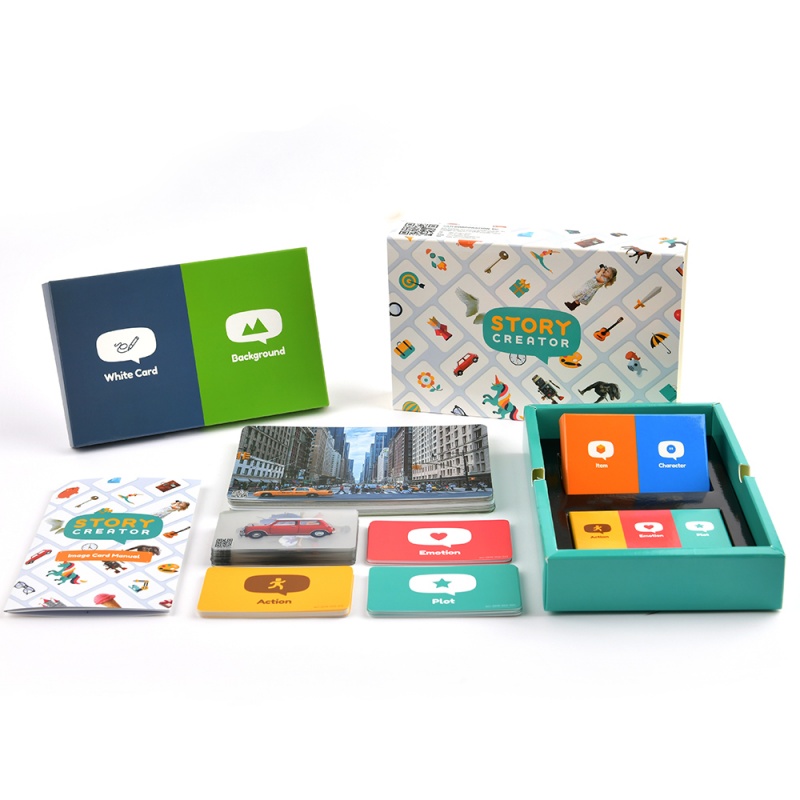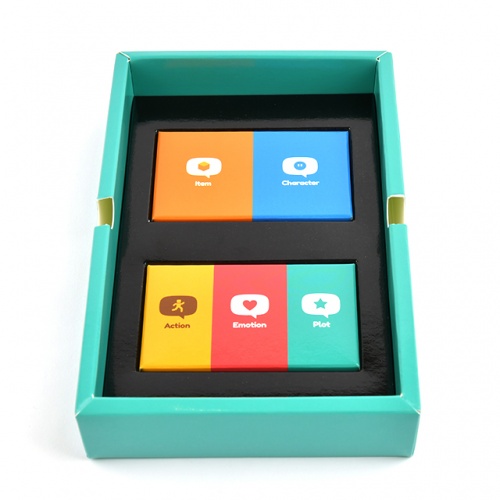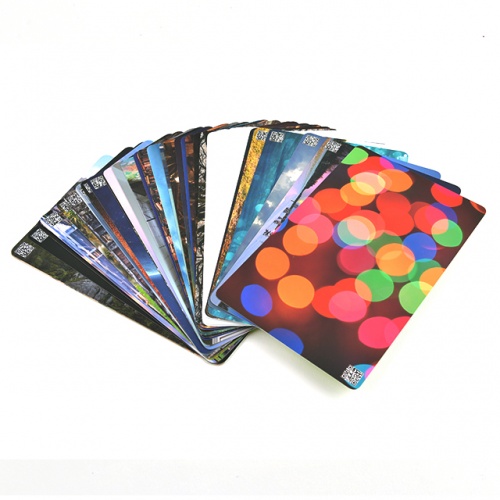To guide the student to build their self image as a communicator and understand that people communicate in different ways.
Use discussion in order to learn; they should be able to elaborate and explain clearly their understanding and ideas.
Encourage and inspire students to tell stories and opinions and describe their experiences by speaking, writing and using images.
Support the student in building their linguistic and cultural identity and guide them to appreciate different cultures and languages. Create opportunities for the student to get acquainted with the media and culture, and produce their own culture.
Guide the student to produce simple narratives, and other texts, also in multimedia environments.
Encourages and guide the student to express their thoughts and practice producing fictional, descriptive and factual texts, also in multimedia environments.
Encourage the student to express their experiences, thoughts and opinions and reinforce a positive image of themselves as a producer of texts
Guide the student to strengthen their ability to act constructively in different communication environments and to express their opinions.
Encourages the student to develop a positive self-image as a communicator and a willingness and ability to act in a variety of interaction situations.
To guide the student to use their creativity and express themselves in a variety of communication and performance situations, also through drama.
Write clearly, accurately and coherently, adapting their language and style in and for a range of contexts, purposes and audiences.
Appreciate our rich and varied literary heritage.
Acquire a wide vocabulary, an understanding of grammar and knowledge of linguistic conventions for reading, writing and spoken language.
Give well-structured descriptions, explanations and narratives for different purposes, including for expressing feelings.
Speak audibly and fluently with an increasing command of Standard English.
Guide the student to develop their imagination, language, interaction and collaboration skills by providing opportunities to participate in different group communication situations and learn about their practices.
To guide the student to strengthen their ability to act in different interaction situations.
Encourage the student in expressing themselves and guide him to express himself using holistic methods, including drama.
Select and use appropriate registers for effective communication.
Participate in discussions, presentations, performances, role play, improvisations and debates.
Use spoken language to develop understanding through speculating, hypothesising, imagining and exploring ideas.
Gain, maintain and monitor the interest of the listener(s).
Maintain attention and participate actively in collaborative conversations, staying on topic and initiating and responding to comments.
Use relevant strategies to build their vocabulary.
Are competent in the arts of speaking and listening, making formal presentations, demonstrating to others and participating in debate.
Guide the student to strengthen his awareness of language and inspire him to study and observe language and its different variants, and to practice using concepts to talk about language and its structures and to help understand the effects of language choices.
Guide the student to appreciate their own language and culture as well as cultural diversity. Introduce and inspire some forms of children's culture and to encourage them to produce their own culture together with others.
Encourages the student to develop their language awareness and knowledge of the basic concepts of language, and to guide them to make observations about spoken and written language. Help them see that their own use of language has an effect on the behavior of others.
Guide and inspire the student to learn reading skills and practice comprehension skills, and help him to observe his own reading.
To guide the student to notice the effects of their own linguistic and communicative choices and to consider the needs of others in group communication situations.
Consider and evaluate different viewpoints, attending to and building on the contributions of others.







User reviews for Story Creator
You need to log in to post a review.